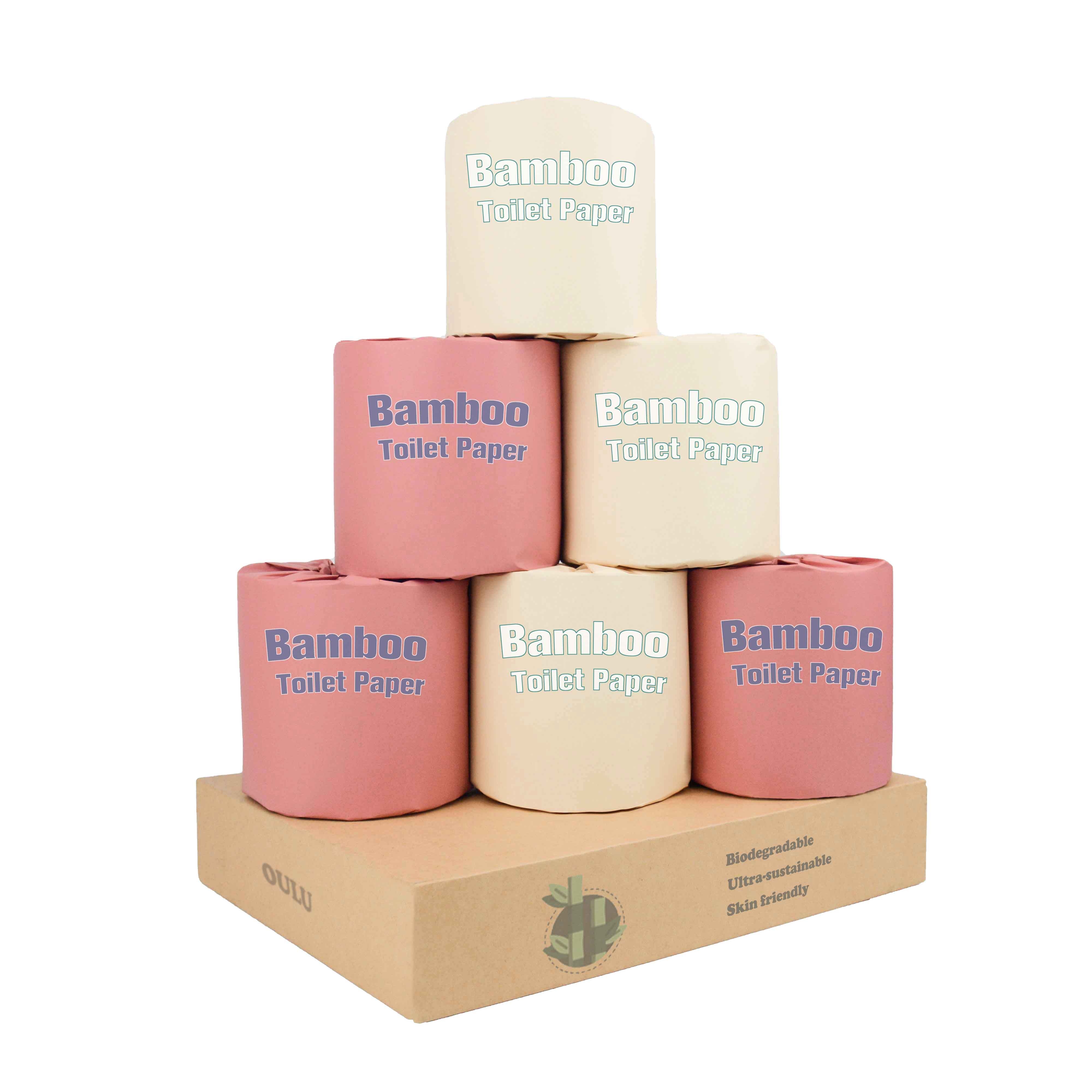Bamboo has a high cellulose content, grows fast and is highly productive. It can be used sustainably after one planting, making it very suitable for use as a raw material for papermaking. Bamboo pulp paper is produced by using bamboo pulp alone and a reasonable ratio of wood pulp and straw pulp through papermaking processes such as steaming and rinsing. From the perspective of the industrial chain, the upstream of the bamboo pulp paper industry is mainly suppliers of bamboo raw materials and production equipment such as moso bamboo, nan bamboo, and ci bamboo; the midstream is generally the production and manufacturing links of bamboo pulp paper, and the products include semi-paper pulp, full pulp, straw pulp paper, etc.; and in the downstream, relying on the characteristics of green environmental protection, tough texture, and long service life, bamboo pulp paper is mainly used in packaging (mostly used as gift packaging, food preservation bags, etc.), construction (mostly used as sound insulation materials, sound-absorbing materials, etc.), cultural paper and other industries.


In the upstream, bamboo is the core raw material of bamboo pulp paper, and its market supply will directly affect the development direction of the entire bamboo pulp paper industry. Specifically, on a global scale, the area of bamboo forests has increased at an average annual rate of about 3%. It has now grown to 22 million hectares, accounting for about 1% of the world's forest area, mainly concentrated in tropical and subtropical areas, East Asia, Southeast Asia, and the Indian and Pacific Oceans. Among them, the Asia-Pacific region is the world's largest bamboo planting area. The sufficient upstream production raw materials have also stimulated the development of the bamboo pulp and paper industry in the region, and its output has also remained at the world's leading level.
Australia is one of the important economies in the Asia-Pacific region and an important bamboo pulp and paper consumer market in the world. In the late stage of the epidemic, the Australian economy showed obvious signs of recovery. According to data released by the Australian Bureau of Statistics, in 2022, the nominal GDP of the entire Australian society was converted into US dollars, excluding inflation factors, an increase of 3.6% year-on-year, and per capita GDP also increased to US$65,543. Thanks to the gradually improving domestic market economy, the increasing income of residents, and the promotion of national environmental protection policies, the consumer demand for bamboo pulp and paper in the Australian market has also increased, and the industry has a good development momentum.
According to the "2023-2027 Australian Bamboo Pulp and Paper Market Investment Environment and Investment Prospects Assessment Report" released by the Xinshijie Industry Research Center, however, due to the limitations of climate and terrain conditions, Australia's bamboo area is not large, only 2 million hectares, and there are only 1 genus and 3 species of bamboo, which to a certain extent limits the research and development of domestic bamboo pulp and other bamboo resources. In order to meet domestic market demand, Australia has gradually increased its imports of overseas bamboo pulp and paper, and China is also one of its import sources. Specifically, according to statistics and data released by the General Administration of Customs of China, in 2022, China's bamboo pulp and paper exports will be 6471.4 tons, a year-on-year increase of 16.7%; among them, the amount of bamboo pulp and paper exported to Australia is 172.3 tons, accounting for about 2.7% of China's total bamboo pulp and paper exports.
Xinshijie Australian market analysts said that bamboo pulp and paper have obvious environmental advantages. In recent years, with the young generation's eager pursuit of environmental protection and health products, the investment prospects of the bamboo pulp and paper market are good. Among them, Australia is an important global bamboo pulp paper consumption market, but due to insufficient supply of upstream raw materials, domestic market demand relies heavily on imports, and China is its main source of imports. Chinese bamboo pulp paper companies will have great opportunities to enter the Australian market in the future.
Post time: Sep-28-2024




